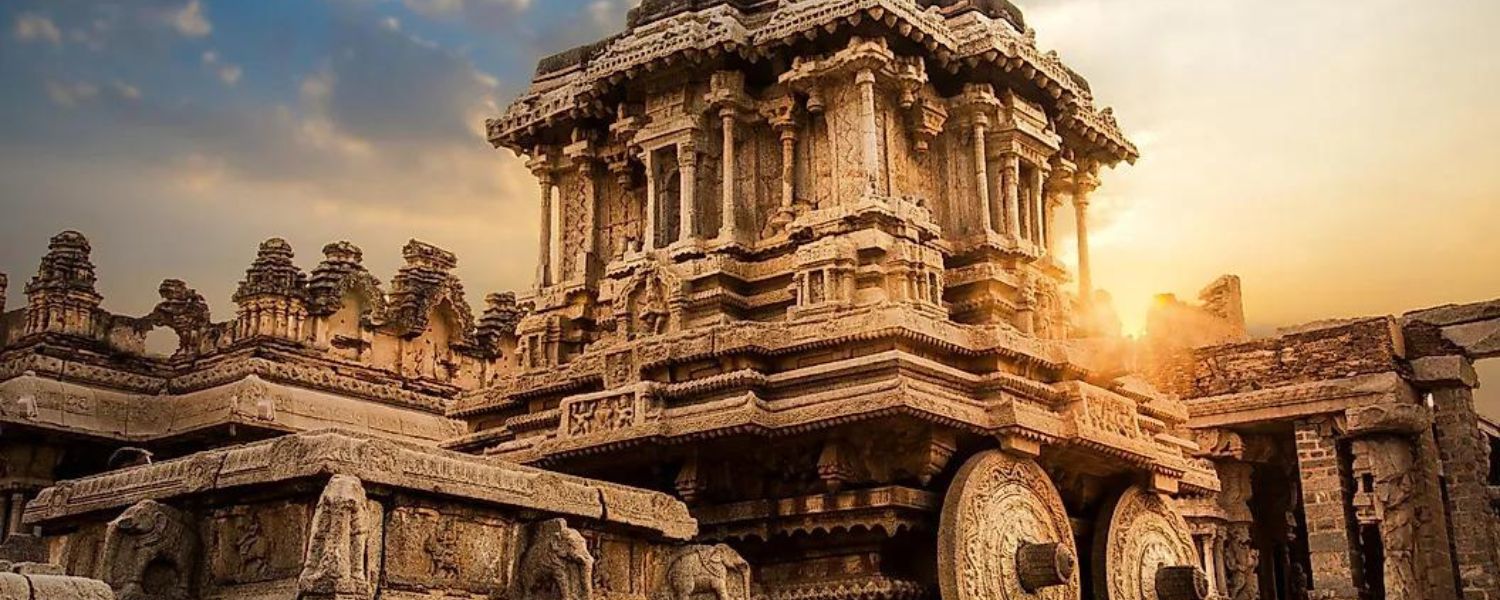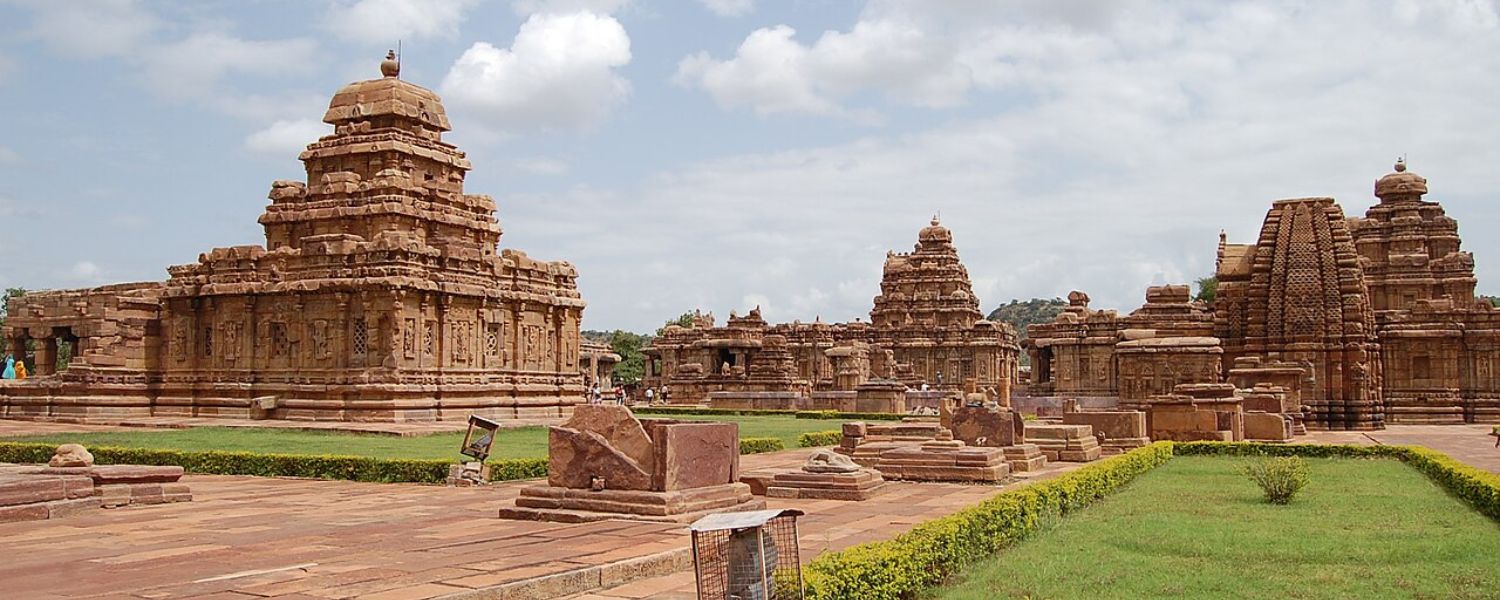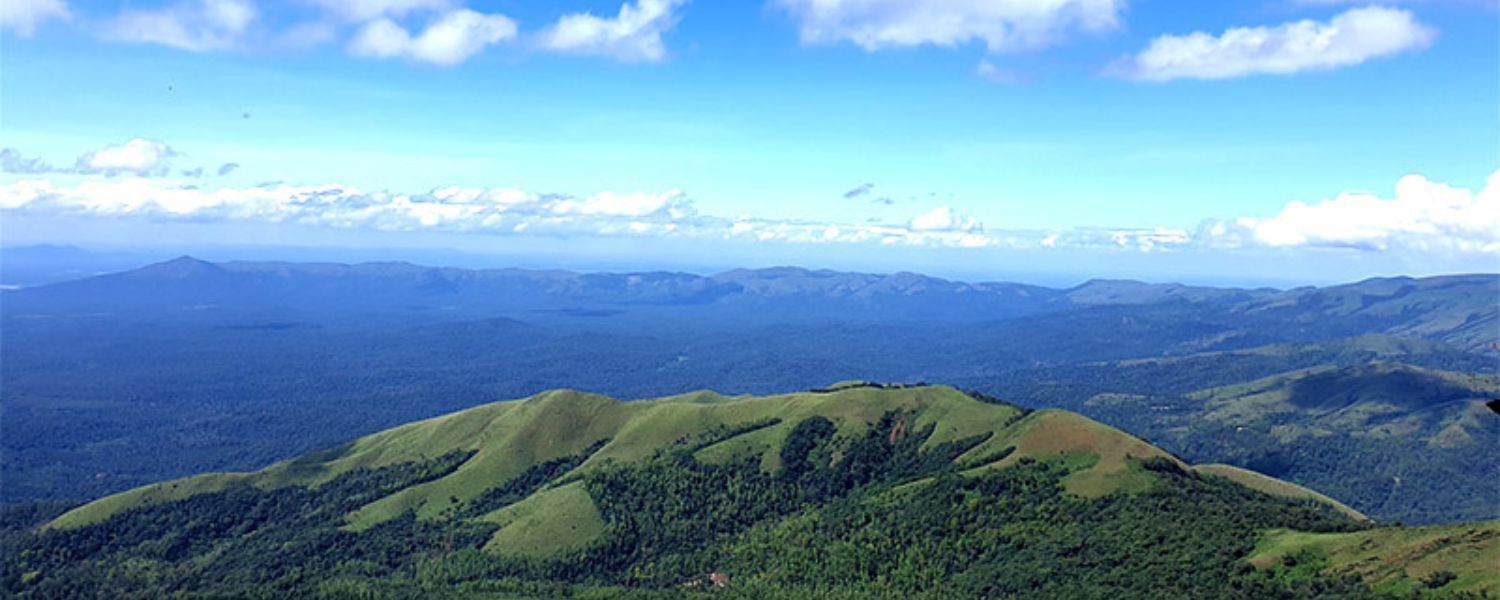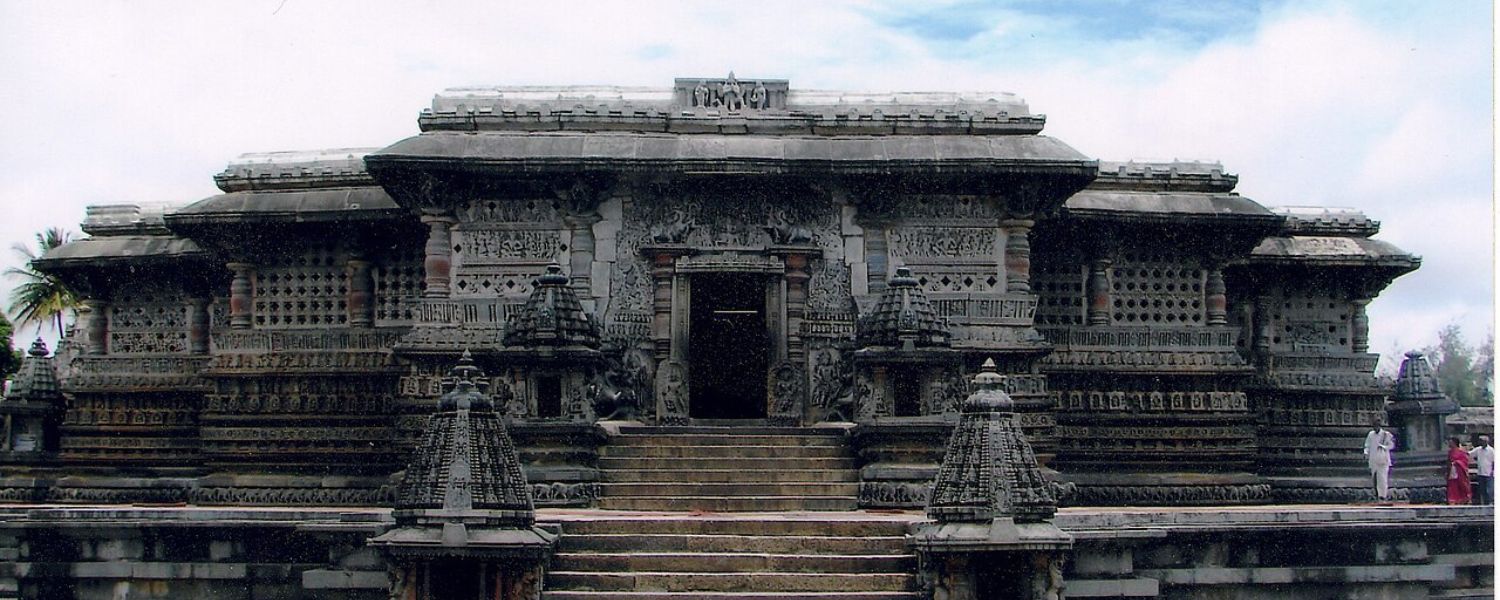Welcome to the treasure trove of history and culture within the vibrant landscapes of world heritage sites in Karnataka, India.
Karnataka, steeped in the legacies of the Vijayanagara empire, Hoysalas, and Chalukya dynasty, boasts a tapestry of ancient marvels that have stood the test of time to get more about the list of Unesco World Heritage sites in Karnataka 2024.
However, from the awe-inspiring ruins of ancient civilizations to the majestic temples that echo tales of yore, the state is a testament to India’s rich heritage.
Its illustrious offerings are UNESCO-acclaimed World Heritage Sites in Karnataka, each a living testament to the grandeur of bygone eras. These sites, adorned with intricate architecture and steeped in myth and legend, beckon visitors on a journey through time and culture.
Hampi

However, the Vijayanagara District, Hampi, is a testament to India’s glorious medieval Hindu Kingdoms. Also referred to as Pampa Kshetra, this site is adorned with the remnants of temples and rock structures, adding to its historical allure.
From 1336 to 1570 CE, these monuments have withstood the ravages of time, preserving tales of a bygone era. Moreover, ideal for exploration from October to March, Hampi welcomes tourists daily from 6 AM to 6 PM.
Indian, SAARC, and BIMSTEC nationals can avail themselves of e-tickets priced at ₹35/person or pay ₹40/person in cash.
Meanwhile, foreigners can obtain e-tickets at ₹550/person or pay ₹600/person in cash. Hampi promises a journey through time, where every corner whispers stories of ancient grandeur.
Pattadakal

Further, presenting the epitome of diverse artistry, Pattadakal stands tall among Karnataka’s distinguished world heritage sites.
Located in the Bagalakote District, it serves as a testament to the architectural brilliance of the Chalukya Dynasty.
Here, ancient temples gleam with unparalleled grandeur, showcasing a seamless blend of artistic styles from northern and southern India.
Moreover, the ideal time to embark on this cultural journey is from October to March when the weather is pleasant.
Operating hours are from 6 AM to 5:30 PM, ensuring ample time for exploration every day of the week.
Further, admission fees vary, with rates of ₹35/person for Indian SAARC and BIMSTEC nationals, and ₹550/person for foreigners via e-ticket, or ₹600/person for cash payments.
Children under 15 enter for free, adding an inclusive touch to this enriching experience.
Western Ghats

However, as the famous mountain in Karnataka, the Western Ghats sprawl across 160,000 sq. km, parallel to the Deccan Plateau, embracing Tamil Nadu, Kerala, Goa, Karnataka, and Maharashtra.
Housing 39 properties, including wildlife sanctuaries and national parks, it’s a biodiversity hotspot, boasting 7,402 species of flower plants and 139 mammals.
The ideal period to explore this ecological marvel is from October to March, offering optimal weather conditions. Visitors can explore round the clock, as the Western Ghats operate 24×7.
This UNESCO World Heritage Site in Karnataka beckons adventurers, nature enthusiasts, and researchers with its rich flora and fauna.
Moreover, Karnataka proudly hosts a slice of this natural wonder, inviting travelers to delve into its beauty and ecological significance.
Sacred Ensembles of the Hoysala

The Chennakeshava Temple in Belur and the Hoysaleshwara Temples in Halebidu, collectively called the Sacred Ensembles of the Hoysala, await UNESCO recognition as World Heritage Sites.
Dating back to the Hoysala era, these architectural marvels seamlessly blend Nagara and Dravidian styles, showcasing intricate stone carvings, unique artistic flourishes, and opulent sculptural adornments.
However, in the heart of the Hassan District, these temples are timeless testaments to Southern India’s cultural and historical richness.
With the best time to explore from October to March, visitors can immerse themselves in the captivating ambiance from 7:30 AM to 6:30 PM at the Chennakeshava Temple and from 6:00 AM to 6:00 PM at the Hoysaleshwara Temple.
Monuments of Srirangapatna Island Town

However, alongside the picturesque Kaveri River, Srirangapatna is a revered island town in Karnataka, boasting a rich tapestry of history and spirituality.
Central to its allure is the renowned Ranganathaswamy Temple, the largest in Karnataka, lending the town its distinctive name.
Besides this architectural marvel, Srirangapatna beckons visitors with a treasure trove of historical monuments.
A formidable fort, a serene bird sanctuary, and an imposing mausoleum are testaments to its storied past.
Explore this enclave in Mandya District from October to March when the mild weather ensures an enchanting journey through time and heritage.
Furthermore, the island’s allure increases because it is one of Karnataka’s prized world heritage sites.
Monuments and Forts of the Deccan Sultanate

However, nominated for UNESCO World Heritage Site status, the Monuments of the Deccan Sultanate encompass four key components located across Gulbarga, Bidar, Bijapur, and Hyderabad.
These architectural marvels, blending Islamic and Hindu influences, stand as to the region’s rich history. Emerging during the medieval era, these structures have been pivotal in shaping the history of the Sultanate.
From the Bahmani Monuments in Kalaburagi District to the Adil Shahi Monuments in Bijapur District, each site offers a different glimpse into the past.
Ideal for exploration between October and March, visitors can delve into these historical gems throughout the day.
While entry to Bahmani Monuments and Bahmani/Barid Shahi Monuments is free, Adil Shahi Monuments charges between ₹10 to ₹100 for Indian visitors and ₹100 to ₹200 for foreigners.
Prices, updated as of April 2023, are subject to change.
Conclusion
In conclusion, Karnataka is a beacon of cultural richness and historical significance, boasting an impressive array of World Heritage Sites.
These sites, including the majestic ruins of Hampi, the intricate temples of Pattadakal, and the natural splendor of the Western Ghats, offer visitors a captivating journey through time and heritage.
Moreover, the sacred ensembles of the Hoysala, the historical monuments of Srirangapatna Island Town, and the architectural marvels of the Deccan Sultanate further enrich Karnataka’s cultural tapestry.
As visitors explore these sites, they witness the grandeur of ancient civilizations and gain a deeper appreciation for Karnataka’s diverse heritage.
Embark on a journey through Karnataka’s World Heritage Sites and immerse yourself in this vibrant state’s rich history and culture.
FAQ
Q. Which temples are included in Karnataka’s UNESCO World Heritage Site?
A. Karnataka boasts three Hoysala-era temples on UNESCO’s list: Chennakeshava (Belur), Hoysaleswara (Halebidu), and Keshava Temple (Somanathapura, Mysuru), collectively known as the ‘Sacred Ensembles of the Hoysalas.’
Q. Why is Karnataka recognized as a world heritage area?
A. Karnataka’s Malnad region, nestled in the Western Ghats, holds the title of ‘World Heritage Area’ because of its remarkable biodiversity. It is one of only eight such hotspots globally.
Q. Which city holds the title of Heritage City in Karnataka?
A. Mysore, renowned as the ‘Palace City of India,’ nestles at the foothills of Chamundi Hills and spans 128.42 sq km. It is honored as a heritage city and attracts tourists with its rich cultural heritage.
Q. Is Mysore Palace designated as a UNESCO World Heritage Site?
A. While Mysore Palace isn’t on UNESCO’s list, it remains a must-visit attraction, showcasing an exquisite blend of Hindu, Muslim, and Gothic architectural styles.










